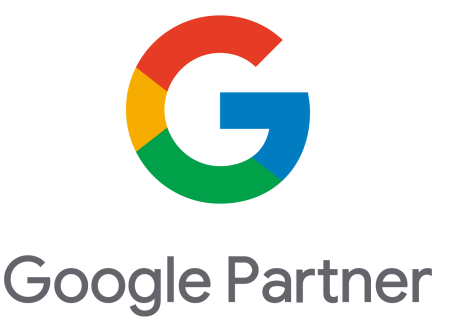6 Key Marketing Trends to Watch Out for in 2022
This blog post was written by:

No one can say with certainty where the next year will take us, but we do have some predictions up our sleeves about where marketing trends will head over the next year. From increased personalisation to influencer marketing and augmented reality, here are our predictions of where the digital marketing landscape is heading in the next year.
1. Personalisation
Personalising your customers’ experience can help your business stand out in an overcrowded digital space. Based on customer preferences, businesses can show other relevant products, services or offers through their website or email campaigns. A study by SmarterHQ found that 72% of consumers only engage with personalised messaging showing the growing importance of personalising messaging and advertising.
Targeted ad campaigns on social media are allowing businesses to be increasingly particular with their targeting, segmenting their audience into persona, location, behaviour and more to deliver high-tailored ads. If done correctly, this type of personalised marketing can prove highly beneficial for both the business and the consumer.
It is worth noting, however, that consumers are becoming wary of platforms collecting too much information about them and updates such as Apple’s iOS 14.5 have given users the option to opt-out of apps tracking them across the web. This has had a significant impact on Facebook ads in particular, so it is worth taking this into account as to which platforms you want to advertise on and how targeted you want your ad delivery to be.
2. Chat Bots
Linking to the trend of personalisation, chatbots are already revolutionising the way customer service is delivered and this is only expected to rise. Seeking to ‘humanise’ customer experience, chatbots can be in the form of a website chatbot, or a DM or live chat via social media. Chatbots have been named as the fastest-growing brand communication channel (Drift), providing instant 24/7 response to customer queries, bookings and enquiries.
In 2022, it is predicted that chatbots will be used to handle payment processes and multilingual chatbots will become more widespread to improve localisation efforts and broaden companies’ reach.
3. Influencer Marketing
The power of influencers is clear for most B2C businesses. The way customers browse, shop and buy has changed fundamentally over the past couple of years and the influencer industry has only continued to grow.
TikTok has been game changing when it comes to influencer marketing, with tools like Creator Marketplace, where brands can find creators that align with their products and interests, and Tik Tok Shopping, which allows brands to engage more meaningfully with customers through the app.
Influencer marketing is not going anywhere, however, the type of influencer brands focus on may change. Historically, brands have centred on the biggest and most popular influencers, however,
data suggests that micro-influencers with under 100K followers may be more effective in the future.
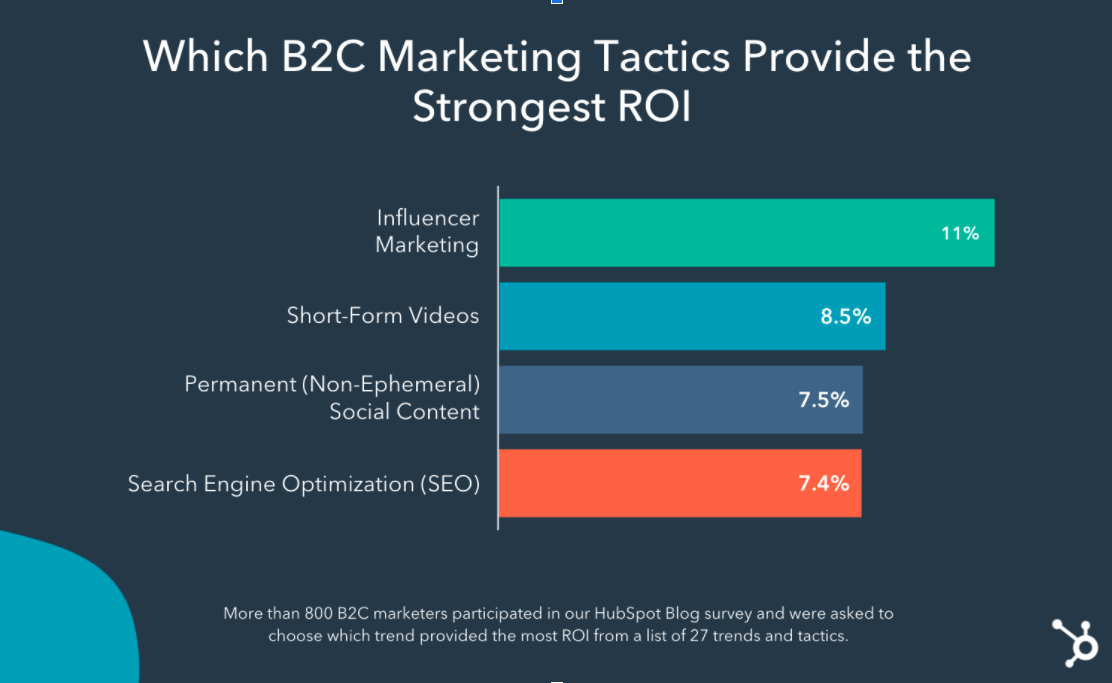
4. User-Generated Content
93% of marketers agree that consumers place more trust in user-generated content than content created by the company itself (State of UGC 2021 Report). User-generated content - from product reviews to peer recommendations and social media posts - is going to become even more on-trend in 2022.
User-generated content is authentic and shows potential customers that your audience loves your brand, encouraging them to hop on the bandwagon too.
In 2022, it will be critical that brands:
- Find high-quality user-generated content as it’s created
- Solicit high-quality UGC in a way that increases engagement and creates a valuable experience for the customer
- Showcase user-generated content on social media (and on their other marketing channels)
5. Video Content
It’s likely that you already know how important videos are to overall digital marketing efforts. By 2022, online videos will make up more than 82% of all consumer internet traffic — 15 times higher than in 2017 (Cisco). Video marketing generates 48% more overall engagement than text or image-based content - highlighting its value to brands.
Posting videos that encourage audience interaction, as well as live videos are becoming increasingly popular for brands to engage their audience and even to simulate the in-person shopping experience.
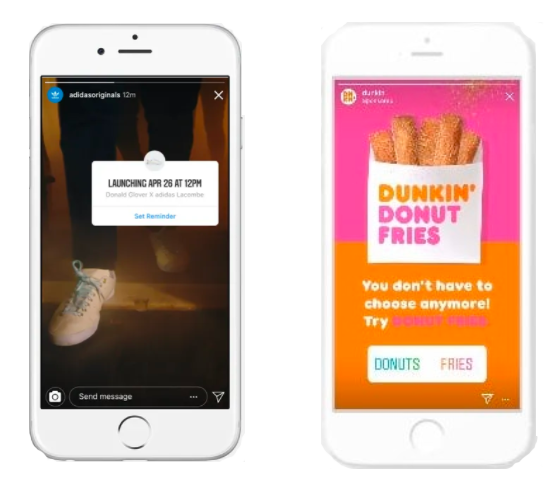
6. Augmented and Virtual Reality
People have become more receptive to technology thanks to the pandemic. The adoption of next-generation technology has been on fast-forward and in just the past two years:
- Facebook has introduced augmented reality ads
- Snapchat released its Local Lenses feature
- Instagram enabled its AR-based “try on” feature
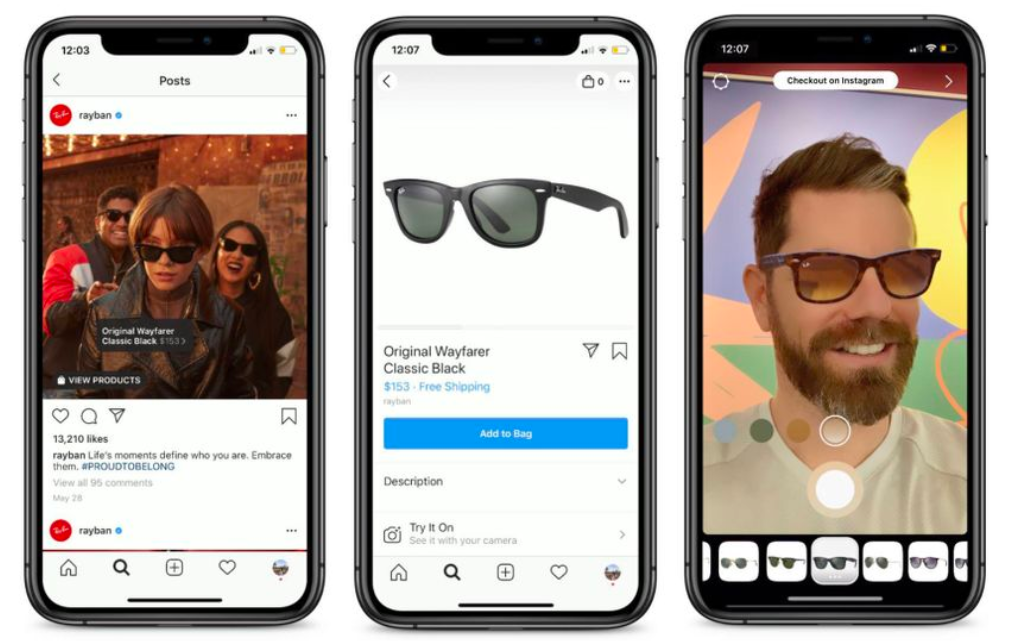
2022 will see more businesses adopting VR and AR tools for experimental marketing, but to use it effectively, they’ll have to go beyond the quirky, ‘just because’ aspects of AR and find ways to use it to truly enhance the customers’ experience with the brand.
Not only is it important to have a solid marketing plan short-term, but also heading into the long-term. Looking at trends for the coming year and planning your approach accordingly will help to create a solid strategy that will increase game-changing engagement, brand reputation and subsequent sales.
If you are looking to transform your digital marketing strategy in 2022, get in touch:
